Disclosure: This article contains affiliate links. We may earn a commission from purchases at no extra cost to you, which helps our travel content.
The engine of my Triumph Tiger 800 rumbled beneath me as I gazed at the road ahead, stretching from the colonial charm of San Miguel de Tucumán in Argentina to the bustling border town of Ciudad del Este in Paraguay. This wasn't my usual Pacific Northwest or Rocky Mountain terrain, but after years of domestic motorcycle tours, South America had been calling my name. The 1,200-mile journey ahead promised everything an adventure rider dreams of: winding mountain roads, remote villages where Spanish is spoken with unique regional accents, and the kind of unexpected encounters that make travel transformative. Having spent months researching vacation rentals and local accommodations along this route for clients, I decided it was time to experience it myself. This two-week journey would test my riding skills, Spanish language abilities, and adaptability—perfect for couples looking to strengthen their bond through shared adventure. Grab your helmets and join me as I take you through one of South America's most rewarding road trips.
Preparing for the South American Adventure
When planning a motorcycle journey through Argentina and Paraguay, preparation isn't just recommended—it's essential. Unlike my familiar routes through the Appalachians or the Pacific Northwest, this trip demanded significantly more research and documentation.
First came the paperwork: temporary import permits for my motorcycle, international driving permits, and comprehensive insurance that covered both countries. I spent weeks ensuring every document was in order, knowing that border crossings in South America can be unpredictable at best.
Equipment-wise, I needed to be self-sufficient. My motorcycle panniers proved invaluable, providing waterproof storage for camping gear and clothing suitable for the variable fall temperatures. The aluminum construction held up beautifully against the occasional off-road tumble (yes, there were a few).
Language preparation was equally important. While I'd studied Spanish in college, I downloaded region-specific language apps and practiced Argentinian and Paraguayan slang. The effort paid off when negotiating with local mechanics or chatting with farmers who invited me to share mate tea outside Corrientes.
Perhaps most valuable was connecting with local riders through South American motorcycle forums. These connections provided insider knowledge about road conditions, police checkpoints, and hidden gems not found in any guidebook. One Argentinian rider I met online even arranged for me to stay at his cousin's vacation rental in Santiago del Estero at a fraction of the listed price.
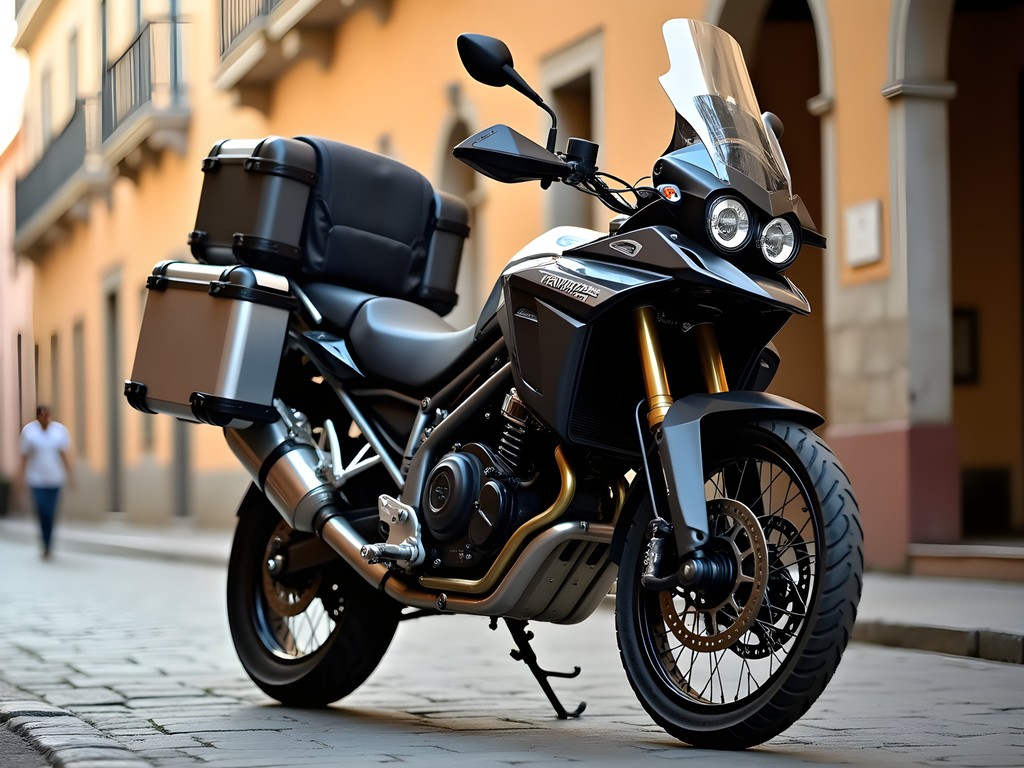
💡 Pro Tips
- Get your motorcycle import paperwork finalized at least two months before departure
- Learn basic motorcycle repair terminology in Spanish
- Download offline maps for the entire route as cell service is unpredictable
The Andean Foothills: Tucumán to Santiago del Estero
Leaving the colonial architecture of San Miguel de Tucumán behind, the first leg of my journey took me northeast through the foothills of the Andes. The transition from urban bustle to rural tranquility happened almost immediately as I hit Route 9, with sugar cane fields stretching to the horizon and the mountains creating a dramatic backdrop to the west.
The road conditions here were surprisingly good—smooth asphalt with clear markings—making it an ideal starting point for couples who might be new to motorcycle touring in South America. The gentle curves and gradual elevation changes allowed me to settle into the rhythm of the ride while adjusting to local driving customs (hint: lane markings are more like suggestions here).
About two hours in, I discovered the first unexpected gem of the trip: a roadside parrilla (Argentine grill) where a weathered gaucho served the most tender beef I've ever tasted, paired with homemade chimichurri that put my stateside attempts to shame. These unplanned stops became a highlight of the journey—places where no reservations are possible and no TripAdvisor reviews exist.
The landscape gradually shifted as I approached Santiago del Estero, becoming drier and more rugged. This transition zone between the humid pampas and the arid north created stunning light conditions as afternoon turned to evening. I stopped frequently to capture these moments with my mirrorless camera, which proved perfect for travel photography with its compact size and exceptional image quality.
I spent the night at an estancia (ranch) outside Santiago, where the property manager in me couldn't help but note how effectively they'd converted historic farm buildings into comfortable guest accommodations while maintaining authentic character—a masterclass in adaptive reuse that I've since referenced when advising vacation rental clients back home.
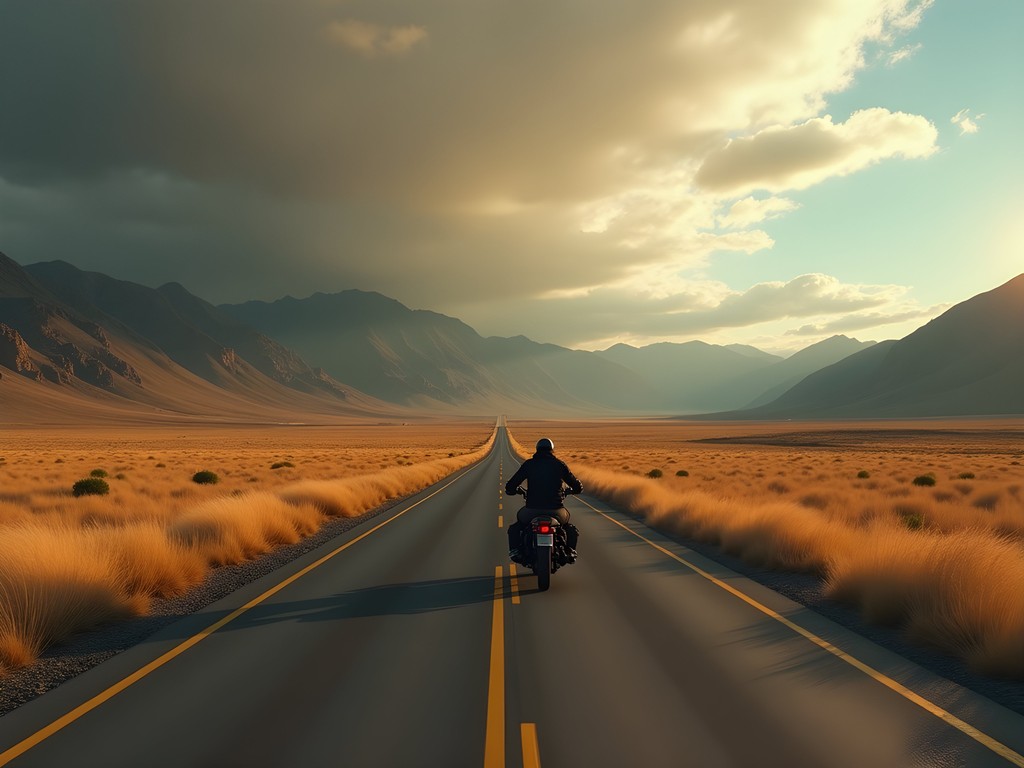
💡 Pro Tips
- Fill up on gas whenever possible as stations become scarce north of Tucumán
- Try the local specialty of empanadas tucumanas—they're different from other Argentine versions
- The best views of the landscape are in late afternoon when the light turns golden
Crossing the Wetlands: Corrientes and the Paraná River
After the relatively straightforward riding of the first few days, the journey from Santiago del Estero to Corrientes presented a dramatic shift in both landscape and challenges. The terrain transformed from semi-arid plains to the lush wetlands surrounding the mighty Paraná River—one of South America's most impressive waterways.
This section tested both my riding skills and my gear's weatherproofing. Afternoon thunderstorms are common in this region during fall, and I encountered several. My waterproof riding jacket proved its worth many times over, keeping me dry while allowing enough ventilation to prevent overheating in the humid conditions. If you're planning this route as a couple, quality rain gear isn't optional—it's essential.
The wetland ecosystem here is remarkable. Crossing smaller tributaries and channels, I spotted caiman sunning themselves on muddy banks and a stunning variety of water birds. The biodiversity rivals what I've seen in more famous destinations like the Everglades, but with a fraction of the tourists.
Corrientes itself deserves more than the single night I spent there. This riverside city blends Argentine and Paraguayan influences, creating a unique cultural identity. The riverfront promenade comes alive at sunset when locals gather to share mate tea and watch the massive river flow by. I joined a group of local riders who showed me their favorite asado spot—an open-air barbecue restaurant where the beef is cooked slowly over wood coals for hours.
Accommodation-wise, I splurged on a boutique hotel in a restored colonial building. The property featured original tile work and woodcarving alongside modern amenities—another example of thoughtful preservation that impressed my professional eye. The rooftop terrace offered spectacular views of the river and the distant lights of Resistencia on the opposite bank, perfect for couples looking for a romantic interlude in the journey.
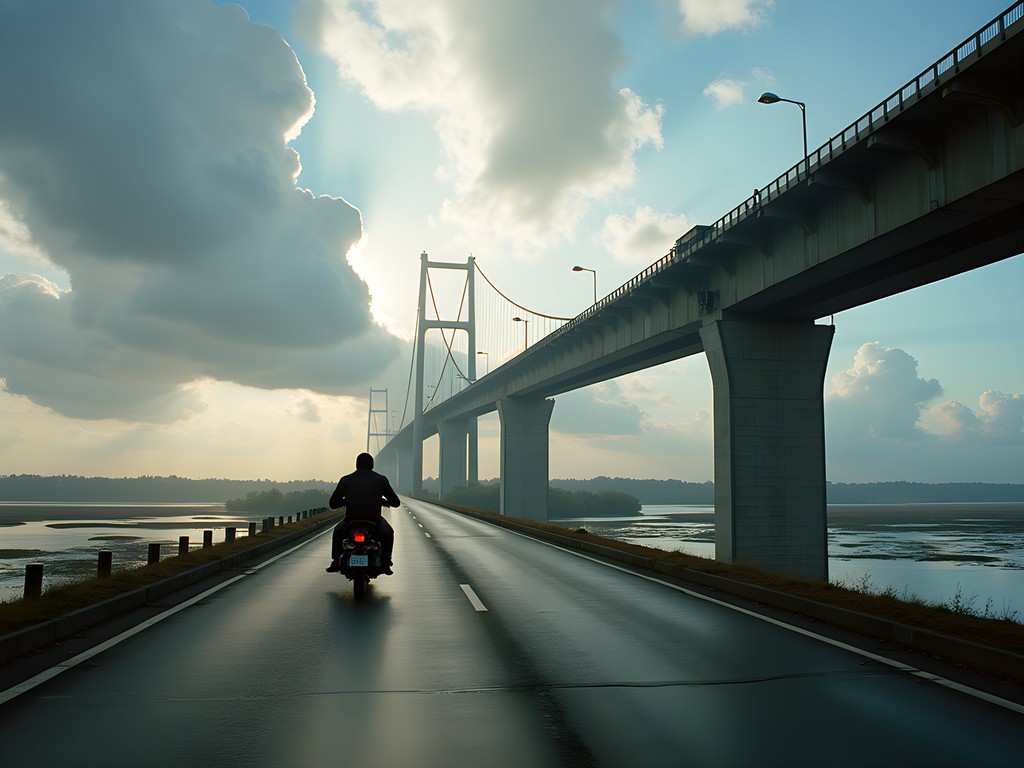
💡 Pro Tips
- Plan to arrive in Corrientes before sunset—the river view at dusk is spectacular
- The Paraná crossing can have long delays—bring water and snacks
- Local motorcycle clubs meet at Café del Puerto on Thursday evenings and welcome foreign riders
The Road Less Traveled: Northern Argentina to Paraguay
The stretch from Corrientes toward the Paraguayan border revealed a South America few tourists ever experience. Here, Route 12 winds through forgotten towns and agricultural communities where life moves at a pace dictated by seasons rather than smartphones.
The road conditions deteriorated significantly in this section. Potholes appeared without warning, and occasional unmarked construction detours led me through improvised dirt paths around roadwork. My Triumph's suspension earned its keep, though riders on sport bikes would find this section challenging. This is where having a proper adventure motorcycle GPS proved invaluable—it helped me navigate detours and calculate realistic arrival times when Google Maps would have been hopelessly optimistic.
What this region lacks in infrastructure, it makes up for in authenticity. In one small town, I stopped for lunch at what appeared to be someone's front porch converted into an informal restaurant. The elderly woman who served me couldn't believe an American had found her place. She insisted I try her homemade chipa (a cheese bread specific to this region) and refused payment, asking instead that I share photos of my journey.
The border crossing at Encarnación/Posadas offered a masterclass in patience. Despite having all my documents in order, the process took nearly three hours of standing in various lines and having the same information entered into different systems. My advice to couples: treat border crossings as part of the adventure rather than an obstacle to it. The characters you meet and observations you make while waiting become part of the story.
Once in Paraguay, the landscape opened up into vast agricultural plains interspersed with patches of Atlantic Forest. The transition was subtle but unmistakable—different architectural styles, road signs, and even the quality of the pavement marked my entry into a new country with its own distinct rhythm and character.

💡 Pro Tips
- Bring small denomination notes in both Argentine pesos and Paraguayan guaraníes for rural areas
- Gas stations become increasingly scarce—never pass one if you're below half a tank
- Learn the phrase 'Hay algún desvío adelante?' (Are there any detours ahead?) as it will save you headaches
The Final Push: Approaching Ciudad del Este
The last leg of my journey took me through eastern Paraguay toward Ciudad del Este, a city that sits at the triple frontier with Brazil and Argentina. This section presented a stark contrast to the tranquil rural landscapes I'd been traveling through—gradually building in intensity as I approached one of South America's busiest border zones.
The roads improved significantly as I neared Ciudad del Este, but the traffic increased proportionally. Paraguay's relatively relaxed traffic enforcement meant sharing the road with overloaded trucks, buses with passengers hanging from the doors, and motorcycles carrying entire families. Defensive riding became essential, particularly as I navigated the increasing number of roadside markets and commercial areas.
About 50 miles from my destination, I discovered a hidden gem that perfectly encapsulated why I travel this way. A small sign for "Salto Cristal" led me down a dirt road to a series of pristine waterfalls with natural swimming pools. The local family who maintained the site charged a nominal fee and offered simple cabins for overnight stays. After days on the motorcycle, soaking in those cool waters was nothing short of therapeutic. The property owner explained they were trying to develop sustainable tourism to protect the falls from commercial development—exactly the kind of initiative I look for when recommending unique accommodations to clients.
As Ciudad del Este appeared on the horizon, marked by the distinctive profile of the Friendship Bridge connecting to Brazil, the adventure rider in me felt a mix of accomplishment and that familiar end-of-journey melancholy. This bustling commercial hub, infamous for its markets and border trade, couldn't be more different from the colonial charm of San Miguel de Tucumán where I'd started.
I chose to stay slightly outside the city center, at a boutique hotel that catered to business travelers rather than tourists. My motorcycle security lock provided peace of mind in an area known for opportunistic theft. The hotel's secure parking and understanding of motorcyclists' needs (like space to dry gear and clean equipment) made it an ideal base for my final days in Paraguay.

💡 Pro Tips
- Book accommodation with secure parking in Ciudad del Este—motorcycle theft is common
- Visit Salto Cristal if you need a break from riding—it's worth the detour
- Avoid the main border crossings on weekends when shopping tourism creates massive delays
Final Thoughts
As I packed up my gear for the flight home, the two weeks from San Miguel de Tucumán to Ciudad del Este had reaffirmed why I choose motorcycle travel over any other form of exploration. This route through northern Argentina and Paraguay offers everything adventure-seeking couples could want: challenging roads, authentic cultural encounters, and the kind of shared experiences that strengthen relationships. The journey isn't for beginners—the unpredictable road conditions, language barriers, and border complexities demand experience and adaptability. But for those willing to embrace the challenge, the rewards are immeasurable. Whether you're leaning into curves along the Andean foothills or sharing mate with locals beside the Paraná River, this route reveals a South America that exists beyond guidebook pages. As with all my best journeys, I returned with more than photos—I gained perspectives on property development, hospitality, and cultural preservation that continue to inform my work back home. The open road awaits—will you answer its call?
✨ Key Takeaways
- This route requires advanced riding skills and thorough preparation, but delivers authentic South American experiences
- Border crossings demand patience and complete documentation—factor extra time into your schedule
- The contrast between Argentina's developed infrastructure and Paraguay's rural authenticity makes for a compelling journey
- Fall offers ideal weather conditions with fewer tourists and moderate temperatures
📋 Practical Information
Best Time to Visit
Fall (April-June) or Spring (September-November)
Budget Estimate
$150-250 per day for couples (including motorcycle rental, accommodation, and meals)
Recommended Duration
Minimum 2 weeks, ideally 3 weeks to allow for detours
Difficulty Level
Advanced - Requires Previous Motorcycle Touring Experience
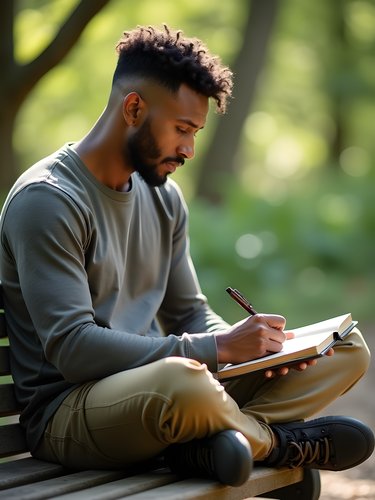



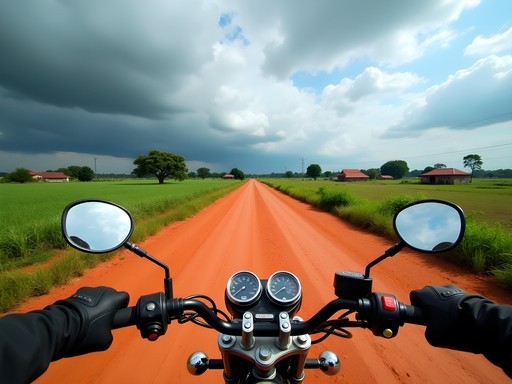
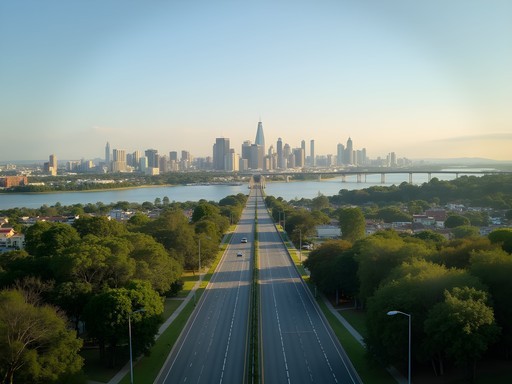


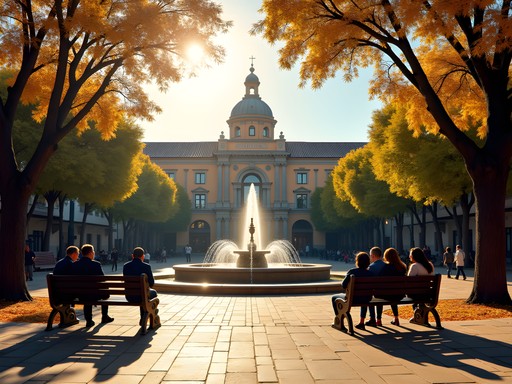
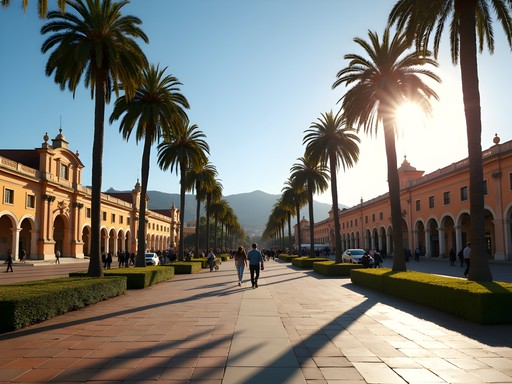

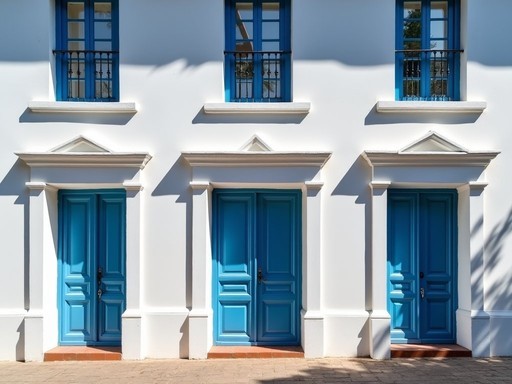




Comments
Adam Nichols
Excellent route choice, Logan. I've explored much of South America but haven't done this particular corridor yet. Your section on "The Road Less Traveled: Northern Argentina to Paraguay" highlights exactly why motorcycle travel offers such unique perspectives. The transition between ecosystems is something many travelers miss when flying between major hubs. I'm curious about your route planning - did you use paper maps, GPS, or a combination? I've found that in remote areas, having offline maps is essential. Also, how did the Tiger's fuel consumption hold up in the varying terrains?
Logan Mills
Thanks Adam! I used a combination - had a Garmin GPS mounted on the handlebars but also carried paper maps as backup. Cell service was spotty in remote areas, so offline capability was crucial. The Tiger averaged about 45-50 mpg on highways but dropped to around 38-40 in the mountains and rough terrain. Still, the 5-gallon tank gave me decent range between fill-ups.
Adam Nichols
That's solid range! I've been debating between the Tiger and the BMW F850GS for my next bike. Your post might have just tipped the scales toward Triumph.
Sage Dixon
Logan, your motorcycle adventures never disappoint! That section through the wetlands near Corrientes sounds incredible. I'm planning a similar route in September but worried about the weather. How was it camping along the way? I'm bringing my ultralight tent but wondering if hostels might be better for that stretch. Any places you'd recommend stopping that weren't in your post?
Logan Mills
Thanks Sage! September should be perfect - you'll miss the worst of the summer heat and the heavy rains. I alternated between camping and hostels. The stars near Santiago del Estero were incredible for camping, but in Corrientes I'd recommend hostels since the ground can still be pretty soggy. Don't miss Iberá Wetlands if you can spare 2-3 days. It's a slight detour but the wildlife is unreal!
blueexplorer
I second the Iberá Wetlands recommendation! We saw capybaras, caimans, and so many birds. Definitely worth the detour.
backpackdiver
How much Spanish do you need to get by in these regions? Did you encounter any language barriers?
blueexplorer
I did the Argentina-Paraguay border crossing last year (though at Encarnación, not Ciudad del Este). The paperwork was exactly as you described - confusing and time-consuming! Wish I'd read this before going. How was the motorcycle import process? I heard that can be tricky with rental vehicles.
Logan Mills
The motorcycle import was actually smoother than expected! Since it was registered in my name (not a rental), I just needed my ownership papers, international driving permit, and insurance docs. Ciudad del Este crossing was busy but the officials were helpful when they saw I was a tourist. Encarnación is definitely the more relaxed crossing though!
Nicole Russell
Logan, your post brings back so many memories! I did part of this route last summer and absolutely fell in love with northern Argentina. The colonial architecture in San Miguel de Tucumán was a photographer's dream! I traveled by bus though, and I'm seriously considering getting my motorcycle license after reading about your adventures. How did your Triumph Tiger handle those sometimes rough roads? I used my adventure backpack the whole trip and it was perfect, but motorcycle travel seems like the ultimate freedom!
Logan Mills
Thanks Nicole! The Tiger was a beast - handled everything from smooth highways to rutted dirt roads like a champ. If you're thinking about getting your license, DO IT! Nothing compares to experiencing these landscapes on two wheels. The freedom is addictive!
wanderwanderer
How safe did you feel traveling solo through these regions? I'm planning a trip but a bit nervous about security.
Logan Mills
Great question! I felt safe most of the time, especially in rural areas where people were incredibly welcoming. In cities and border towns, I was just extra vigilant - never rode at night and always paid for secure parking for my bike. Basic precautions go a long way!
luckyblogger
WOW! This is exactly the kind of adventure I dream about! The photos of those Andean foothills are STUNNING! I'm saving this post for inspiration!
oceangal
Those views from the Andean foothills look incredible! Adding this to my bucket list immediately!
Sage Dixon
Right? Logan always finds the most photogenic routes. I did a similar trip but went east through Resistencia instead. The wetlands are something else!
oceangal
Did you also do it by motorcycle? I'm not that brave haha
Sage Dixon
Car for me! Motorcycling through South America is Logan's specialty. I'm more of a 4-wheels kind of adventurer 😂
starseeker1727
I did a similar route last year but in a 4x4 instead of a motorcycle. Those wetlands near Corrientes are something else, right? The biodiversity is incredible. Did you stop at Iberá National Park? We spent three days there and saw capybaras, caimans, and so many bird species I lost count. Your motorcycle journey must have given you a much more intimate connection with the landscape though!
adventureblogger
How was the border crossing into Paraguay? I've heard Ciudad del Este can be chaotic. Any tips for someone planning to do this on a bike next year?
Logan Mills
It was definitely intense! My advice: go early morning (before 9am), have all your documents organized in a waterproof pouch, and consider hiring a local 'helper' to navigate the process. The chaos is manageable if you're prepared!
adventureblogger
Thanks Logan! Early morning sounds like solid advice. Did you need any special insurance for Paraguay?
Venture X
Premium card with 2X miles, $300 travel credit, Priority Pass